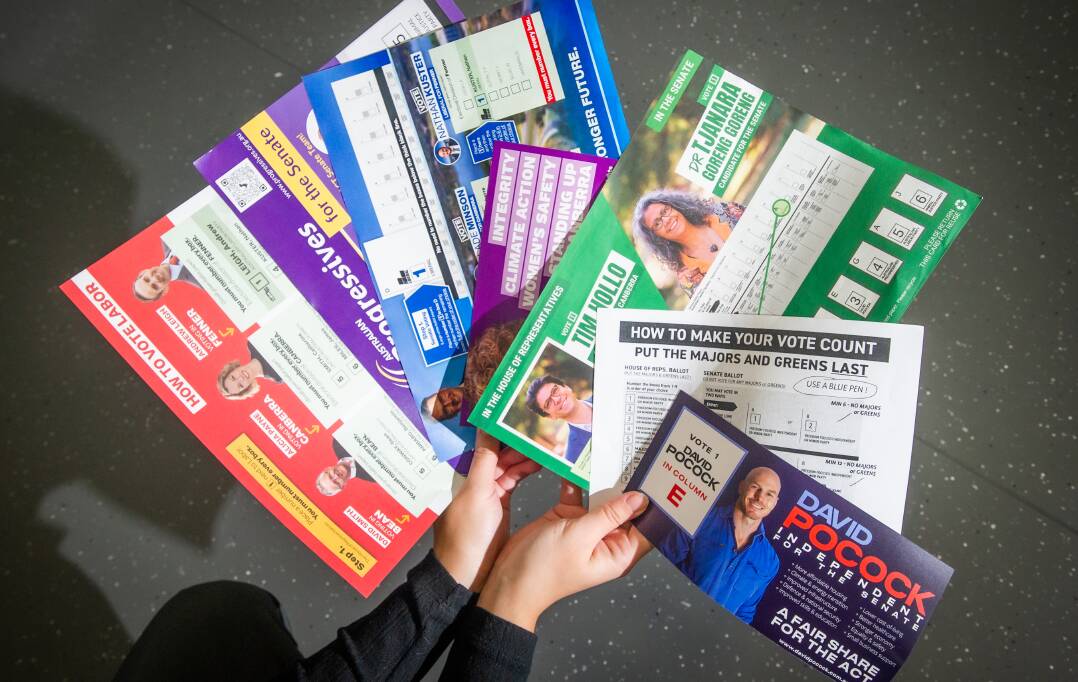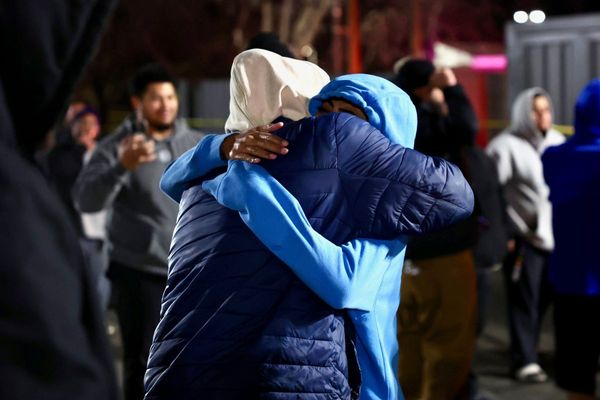
With the campaign trail heating up as election day fast approaches, you'd be excused for feeling a bit lost on what actually happens when Aussies hit the polls. Keep calm and carry on - we have you covered.
When is the federal election?
The federal election will be held on Saturday, May 21.
Is voting compulsory?
Yes, every Australian citizen who is over 18 years old is legally required to vote. If you fail to do so, without a reasonable excuse, you will be fined $20.
You are only allowed to vote once. Multiple votes or enrolment fraud will result in criminal prosecution.
Which electorate am I in?
There are 151 electorates across the country. But don't stress, you can find your electorate via the AEC here or by contacting them directly. Your electorate will be based on your enrolled address. If you have moved and not updated your enrollment, you'll have to vote in your old electorate.
Where are the polling centres?
On May 21 there will be 110 polling places open across the ACT. The Australian Electoral Commission will have around 3200 temporary staff working during pre-poll and on polling day, ready to help you place your vote.
Polling centres will be set up at various schools, community centres and other buildings in each suburb. The polls will open at 8am and close at 6pm sharp.
You can find the closest centre here by answering some quick questions and entering your postcode.
How do I vote?
So you've arrived at your closest polling place, battled through the overly eager campaign volunteers handing out 'how to vote' cards and waited in the long line which inevitably snakes around the block on polling day.
Now it's time to execute your democratic right.
An AEC official will ask for your name and address, then hand you a large, white ballot paper and a smaller green one.
The white paper is for the Senate, while the green ballot is for the House of Representatives.
The Senate, also called the Upper House, is made up of 76 people who represent each of the states and territories.
Meanwhile, the House of Representatives, also called the Lower House, is comprised of 151 people representing each electorate.
The white ballot paper might look intimidating but unless you fill out your preferences under the line (we'll get to that later) it is quite straightforward.
There is a thick, black horizontal line across the ballot paper. If you vote ABOVE the line, simply number each party/candidate you want to vote for from 1 to 6. You can finish at 6 or keep going.
If you wish to vote BELOW the line, you can number individual candidates from 1 to 12. You can finish at 12 or keep going.
The green ballot paper is more straightforward. Simply number all candidates starting with 1 until all the boxes are filled out.
If you picked up a 'how to vote' card, you can follow the directions for your desired party. However you do not need to follow these recommendations.
If you make a mistake don't worry. If you ask any of the helpful election officials they will give you new ballot papers and dispose of the old ones.
File your papers in their respective ballot boxes and you are free to enjoy a delicious democracy sausage.
What happens after I vote?
So, you've filled out both ballots and had your say on who will run our country for the next three years. What happens now?
Well, thousands of AEC volunteers count every individual vote and the process takes hours, if not days. Patience is key when it comes to waiting for the election result, so make yourself a cup of tea and settle in.
What if I have COVID-19?
If you test positive for COVID-19 on or just before election day, you must obey stay at home orders and follow all government and public health directions given.
That means if you have the virus, you are not permitted leave your house except in an emergency or to get essential medical care - voting is not a lawful excuse to leave your home, even though you are required by law to vote.
Phone voting is open for those who are blind or have low vision, and for this election has been expanded to include those isolating with COVID.
What if I am unable to attend a polling place on the day?
Early voting centres opened across the country on May 9 for people who are unable to visit a polling centre on the day.
Otherwise, applications for postal voting are open until May 18. Just remember, the forms must be completed on or before election day.







